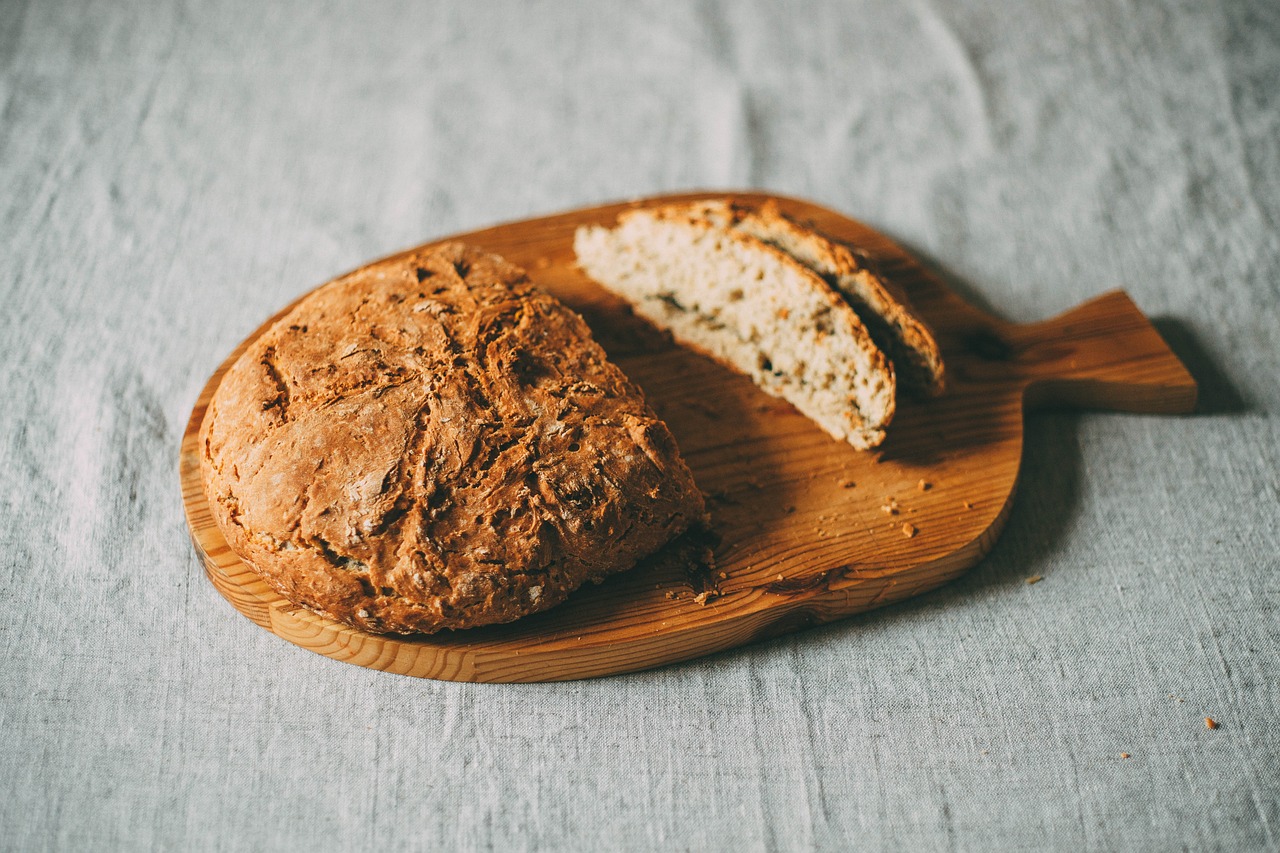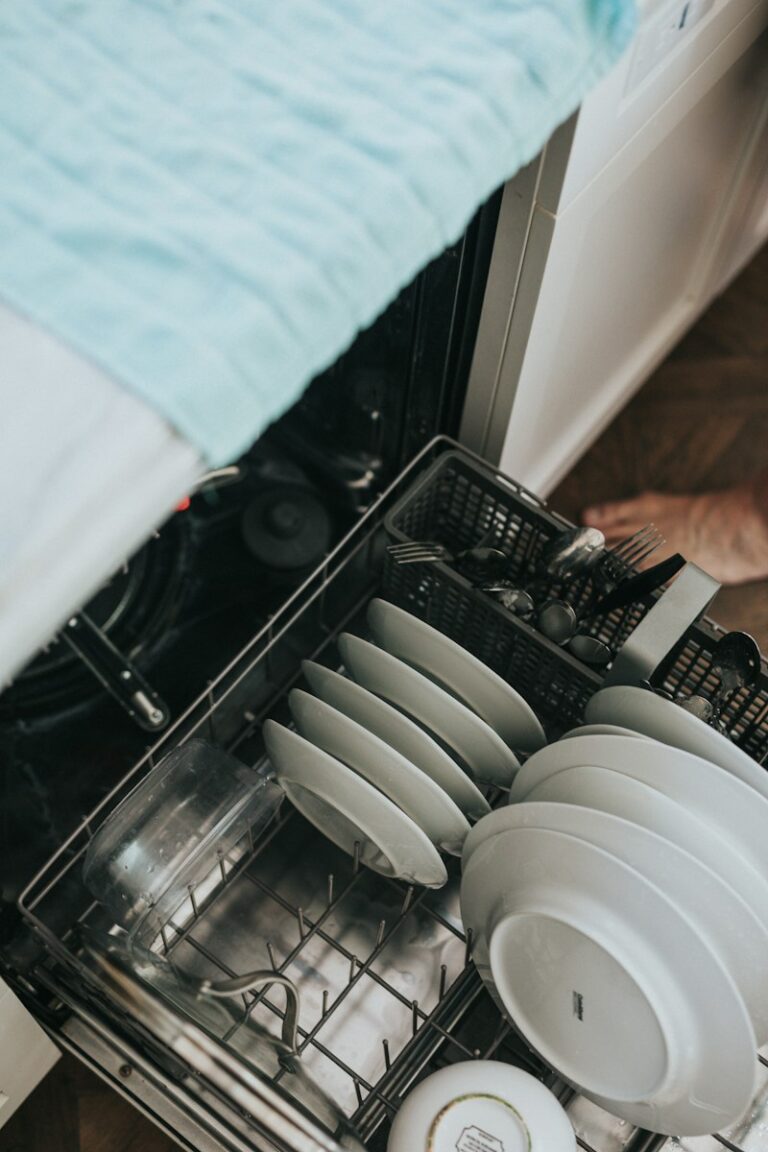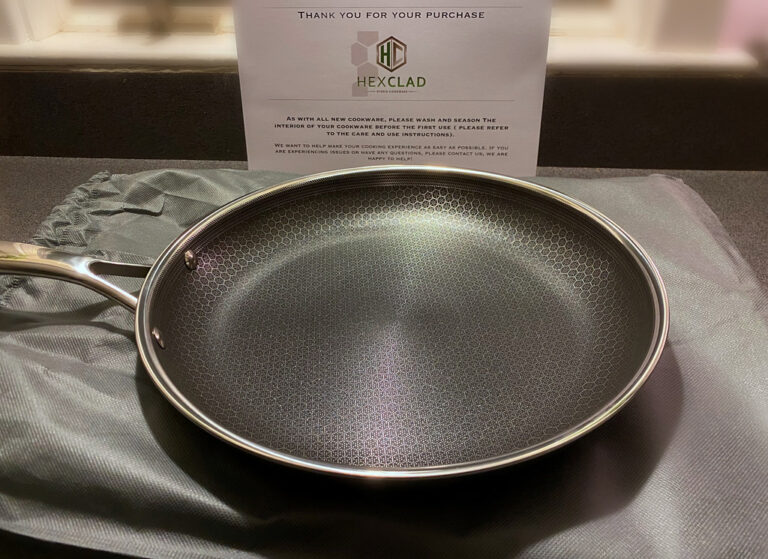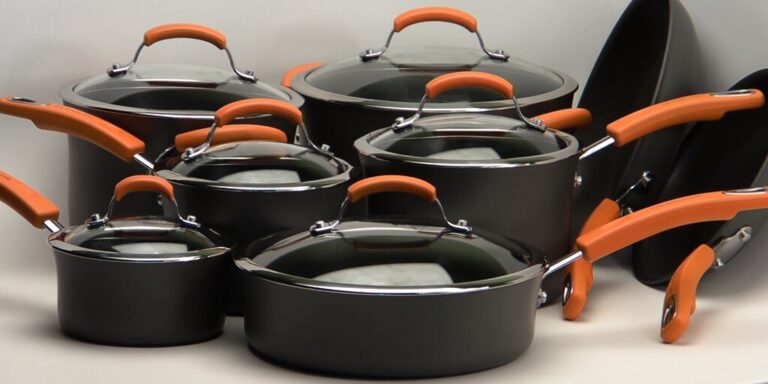Welcome to our comprehensive guide on California’s cottage food laws, designed to provide aspiring entrepreneurs with the necessary information and guidance to start their own homemade food businesses.
This article will explore the various types of cottage food operations, the process of obtaining a cottage food license, county-specific regulations, permissible foods, and the distinctions between cottage food laws and Microenterprise Home Kitchen Operations (MEHKOs).
Join us as we navigate through the intricacies of California’s cottage food laws, empowering you to turn your passion for homemade food into a successful and legally compliant business venture.
Key Takeaways
- California Cottage Food Laws were established in 2012 with Assembly Bill (AB) 1616, which introduced two types of cottage food operations: Class A and Class B.
- Class A allows direct sales to the public from home, while Class B involves indirect sales to businesses. Both types of businesses must be approved and registered by a local environmental health agency.
- To obtain a cottage food license in California, contact the local environmental health agency and public health services. Check with the homeowners association (HOA) to ensure running a cottage food business is allowed.
- Each county in California has its own application process and requirements for obtaining a cottage food permit. All food labels must be submitted with the application, including information on allergens and organic ingredients. Fees for cottage food permits vary by county.
Overview of California’s Cottage Food Laws
California’s cottage food laws, established in 2012 with Assembly Bill (AB) 1616, introduced two types of cottage food operations: Class A and Class B, each with their own regulations and requirements.
These laws have had a significant impact on the local economy by promoting the growth of small-scale food businesses. However, cottage food businesses also face challenges in complying with the regulations and obtaining the necessary licenses and permits. The licensing process involves submitting paperwork, obtaining permits, and potentially obtaining additional insurance.
Class A businesses can sell directly to the public from home, while Class B businesses involve indirect sales to businesses. Despite the challenges, the cottage food laws have created opportunities for entrepreneurs to start their own food businesses and contribute to the local economy.
Types of Cottage Food Operations: Class A and Class B
There are two types of cottage food operations under the California law: Class A, which allows direct sales to the public from home, and Class B, which involves indirect sales to businesses.
Starting a cottage food business in California offers several benefits. Firstly, it allows individuals to turn their passion for cooking or baking into a profitable venture. Secondly, it provides an opportunity to work from home and have flexible working hours. Additionally, cottage food businesses can generate extra income for individuals and their families.
However, there are also challenges faced by cottage food businesses in California. One challenge is the need to comply with strict regulations and obtain the necessary permits and licenses. Another challenge is the competition from other cottage food businesses in the area. Additionally, marketing and promoting the business can be a challenge for cottage food entrepreneurs.
Overall, starting a cottage food business in California can be rewarding, but it requires careful planning and compliance with the law.
Steps to Obtain a Cottage Food License
To obtain a cottage food license in California, individuals must follow a specific set of steps outlined by their local environmental health agency. These steps typically involve contacting the agency and filling out an application form with details such as business name, address, and designated food preparation areas.
The cost of a cottage food license varies by county, ranging from $150 to $250, and it must be renewed annually. Obtaining a cottage food license comes with several benefits.
Firstly, it allows individuals to legally sell homemade food products to the public. This opens up opportunities for entrepreneurs to start their own small food business from home. Additionally, having a cottage food license ensures that the food being prepared and sold meets certain health and safety standards, providing customers with confidence in the products they are purchasing.
Understanding County-Specific Regulations
Understanding the regulations specific to each county is essential for obtaining a cottage food permit in California. Here are some key points to consider when navigating the county-specific application process and understanding labeling requirements:
- Research the specific requirements for your county, as each county has its own application process for obtaining a cottage food permit.
- Some counties, like Contra Costa County, may require specific forms and a self-certification checklist for Class A and Class B applications.
- Ensure that all food labels are compliant with the county’s regulations, including information on allergens and organic ingredients.
- Be aware that fees for cottage food permits vary by county, so it’s important to budget accordingly.
- Familiarize yourself with any additional labeling requirements set forth by your county to ensure compliance and avoid any potential fines.
Permissible Foods Under California’s Cottage Food Laws
The list of allowable food items under California’s cottage food regulations includes baked goods, hard candy, dried fruit, vegetable/potato chips, honey, fruit butters, jams, jellies, preserves, nuts, and non-hazardous shelf-stable foods.
However, it is important to note that there are specific cottage food labeling requirements that must be followed when selling homemade food items. These labeling requirements include providing information on allergens and organic ingredients.
Additionally, there are restrictions on homemade food sales in California. For example, Class A cottage food operations allow for direct sales to the public from home, while Class B involves indirect sales to businesses. Both Class A and Class B businesses must be approved and registered by a local environmental health agency.
It is crucial for cottage food entrepreneurs to familiarize themselves with these restrictions and requirements to ensure compliance with the law.
Differences Between Cottage Food Laws and Microenterprise Home Kitchen Operations (Mehkos
California’s Cottage Food Laws and Microenterprise Home Kitchen Operations (MEHKOs) have some key differences that entrepreneurs should be aware of when starting a homemade food business in California.
Differences between cottage food laws and MEHKOs:
- Permissible Foods: MEHKOs may serve certain foods that are not allowed under the cottage food law, such as cakes with frosting for same-day consumption.
- Licensing Process: MEHKOs require partnering with a valid health permit for indirect sales, while cottage food businesses can have direct sales to the public.
- Insurance Requirements: MEHKOs may have additional insurance requirements compared to cottage food businesses.
- Sales Restrictions: MEHKOs may have restrictions on the types of sales they can make, while cottage food businesses have more flexibility.
- Health and Safety Regulations: MEHKOs may have stricter health and safety regulations compared to cottage food businesses.
Starting a homemade food business in California has its pros and cons. Some pros include the ability to work from home, low startup costs, and the potential for flexible working hours. However, there are also cons such as the need to comply with strict regulations, limited sales channels, and the risk of fines for non-compliance.
It is essential for entrepreneurs to carefully consider these factors before embarking on a homemade food business venture in California.
Licensing Process and Requirements for Cottage Food Businesses
The licensing process for cottage food businesses involves submitting necessary paperwork, permits, and potentially obtaining additional insurance coverage. In order to ensure compliance with insurance requirements and food safety guidelines, it is important for cottage food businesses to understand the specific regulations and requirements of their county.
Each county in California has its own application process and requirements for obtaining a cottage food permit. It is essential to carefully fill out the cottage food license application, providing accurate information about the business name, address, and designated food preparation areas.
Additionally, Class A permit holders must follow basic food safety guidelines, including handling food prep separately, maintaining sanitary conditions, and properly labeling food. It is also mandatory for cottage food businesses to complete a California Department of Public Health food processor course within three months of obtaining a license.
Cost and Renewal of Cottage Food License
The cost of obtaining and renewing a cottage food license varies by county and typically ranges from $150 to $250, with annual renewal required.
In addition to the license fee, there are other costs associated with running a cottage food business. One important cost to consider is insurance. While it is not required by law, it is highly recommended to have liability insurance to protect against potential claims.
Another cost to consider is the cost of labeling your food products. The requirements for food labeling include listing the ingredients, allergens, and nutritional information. It is essential to comply with these labeling requirements to ensure the safety and transparency of your products.
Additionally, some counties may have additional requirements, such as taking a food safety course or obtaining additional permits.
Resources and Support for Homemade Food Businesses in California
There are various resources and support available to assist individuals in starting and growing their own food businesses from home in California. One important aspect of starting a homemade food business is understanding the home kitchen requirements and regulations. California has specific guidelines that need to be followed in order to operate a legal and safe food business from home. These requirements include having a separate designated food preparation area, maintaining sanitary conditions, and properly labeling food. Additionally, marketing strategies are crucial for the success of any business. Utilizing social media platforms, creating a website, attending local farmers markets, and collaborating with other local businesses are effective ways to promote and grow a homemade food business. By taking advantage of these resources and implementing effective marketing strategies, individuals can thrive in the food industry while operating from the comfort of their own homes.
| Home Kitchen Requirements | Marketing Strategies |
|---|---|
| Separate designated food preparation area | Utilize social media platforms |
| Maintain sanitary conditions | Create a website |
| Properly label food | Attend local farmers markets |
Conclusion
In conclusion, California’s cottage food laws provide a framework for individuals to start their own homemade food businesses. By understanding the different types of cottage food operations, obtaining a license, and complying with county-specific regulations, aspiring entrepreneurs can turn their passion for homemade food into a successful and legally compliant venture.
It is important to differentiate between cottage food laws and Microenterprise Home Kitchen Operations (MEHKOs) to make informed decisions.
Resources and support are available to assist homemade food businesses in California.





